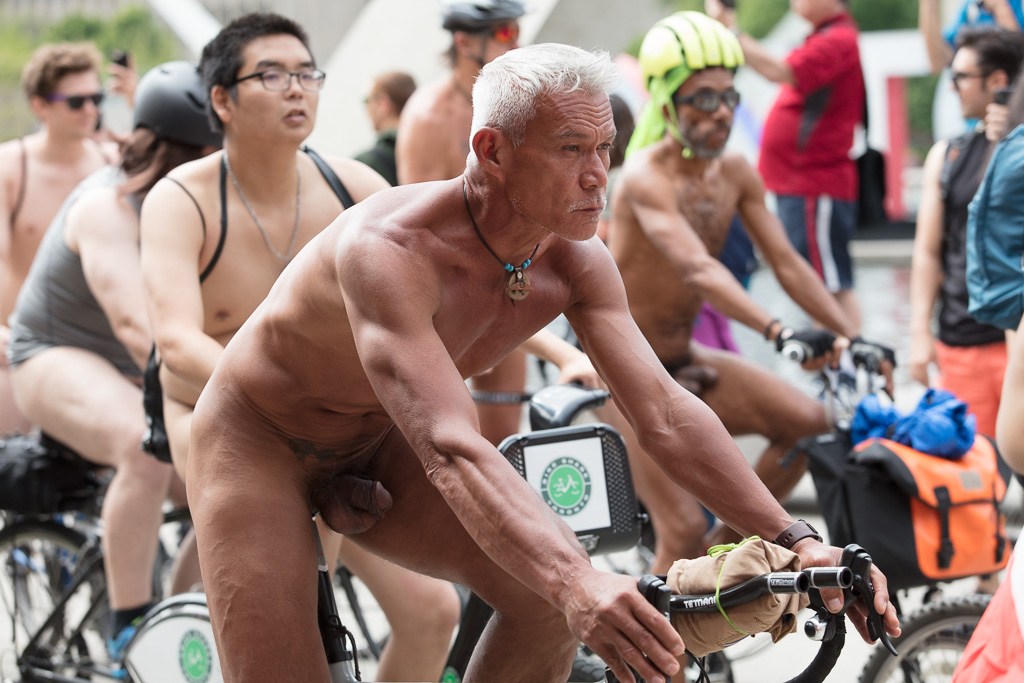I don’t know this person’s name. He didn’t have any English and I don’t have any Cantonese, so the usual niceties went out the window. Fortunately, there’s a lot you can communicate with a few simple hand gestures. Point to the camera. Point to him. Two fingers to my lips, pretending to smoke. Fake exhale. Wavy hands extending from my mouth to indicate smoke. He smiled and nodded. He understood exactly what I was after and was happy to play along with me.
This was early in 2016 and, even then, you could feel tension in the air. We were staying in Causeway Bay where, a few weeks earlier, a publisher and four of his associates had been disappeared in an obvious case of extraordinary rendition. Beijing didn’t like what they were printing and wasn’t having any of it. Vendors were setting up stalls in Victoria Park in preparation for Chinese New Year celebrations. This included small press outlets that made no attempt to hide their concerns for freedom of expression and freedom of the press.
I would love to go back to Hong Kong, but I’m not sure the Hong Kong I visited exists anymore. Whenever I talk to people in Toronto who have ties to Hong Kong, they tell me going back is no problem. For example, if you’re there on business, just stick to business and you’ll be fine. Don’t say anything untoward. Keep your head low. No problem. Yes, but …
What if you actually value freedom of expression and freedom of the press? What if you think dissent has an important place in a vibrant polity?
I return to photos like this one and I wonder what has happened to this man in the intervening years. Like so many others, has he kept his mouth shut and his head low? Or has he joined the protests and risked everything for the sake of principle?


















